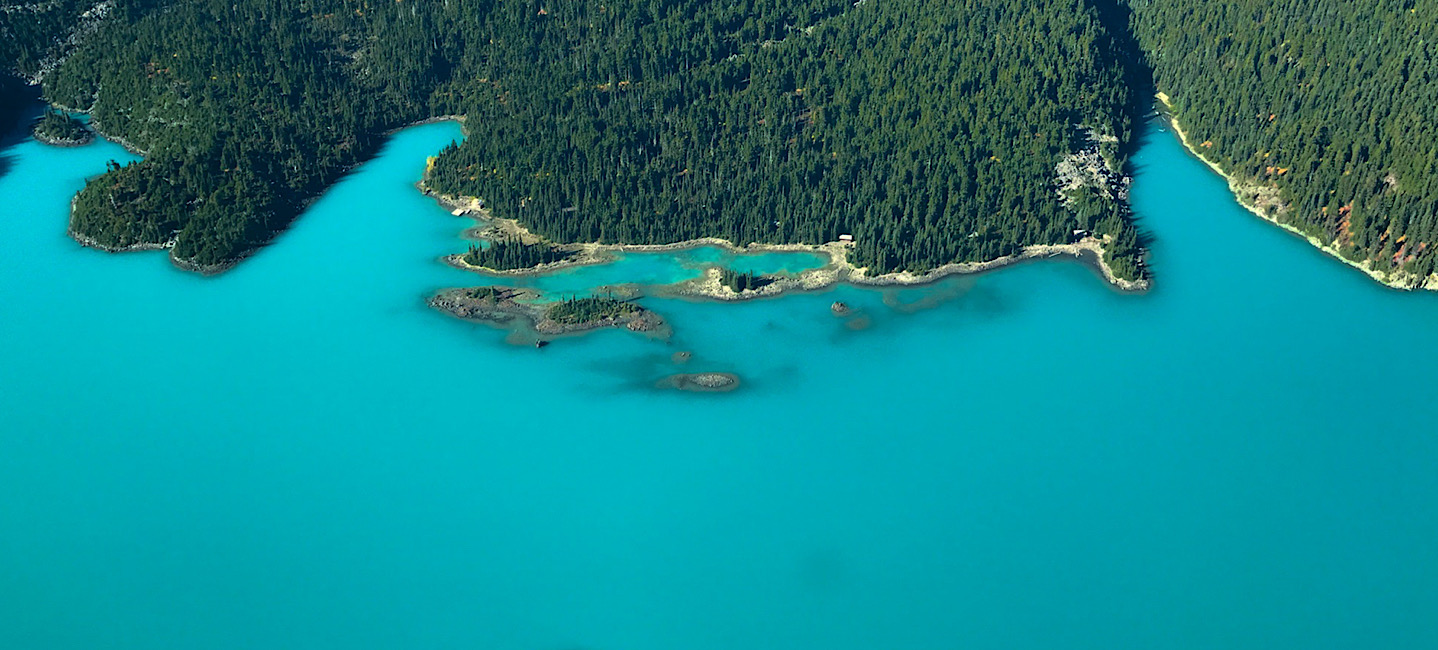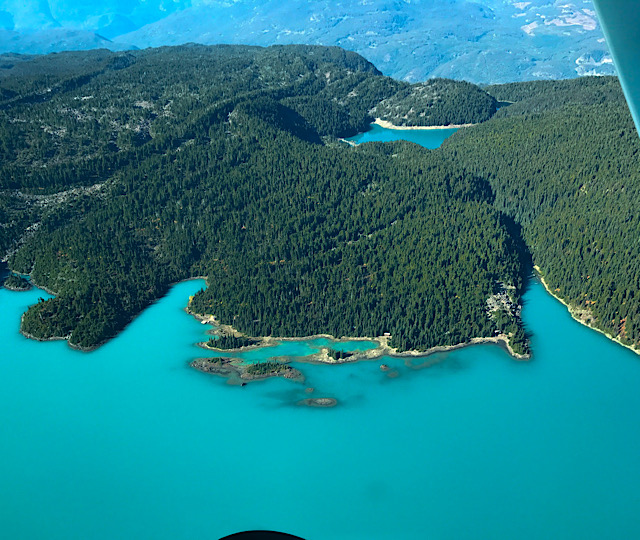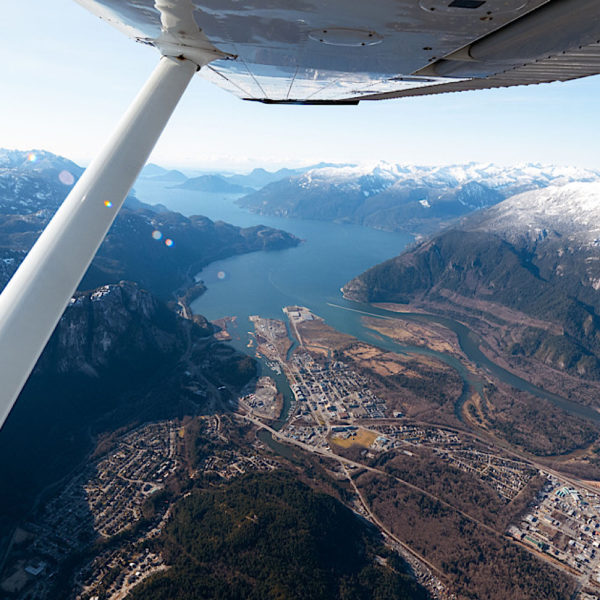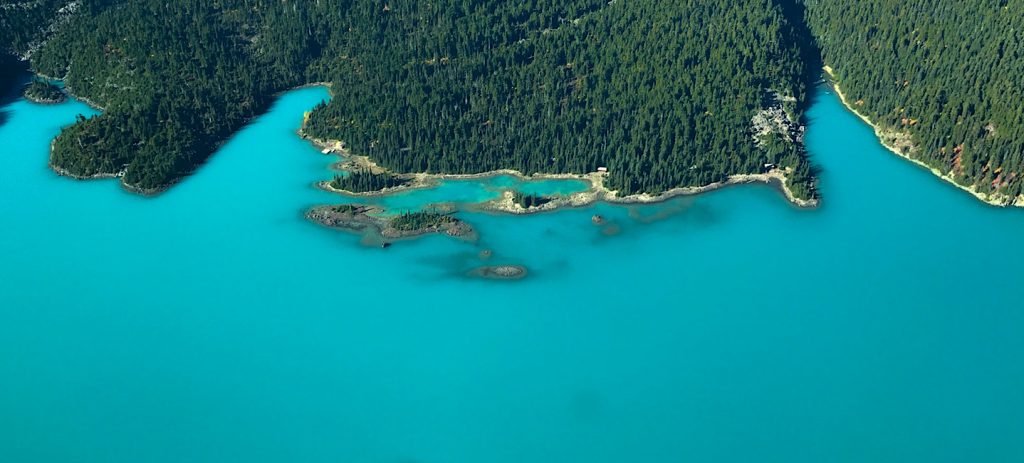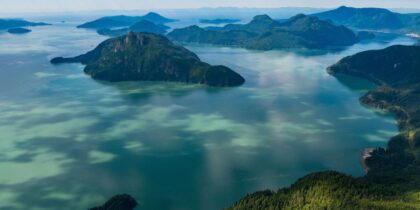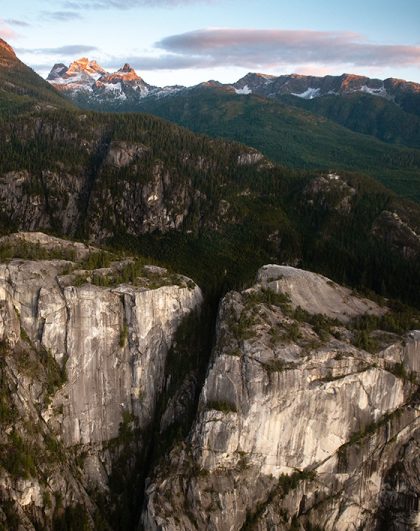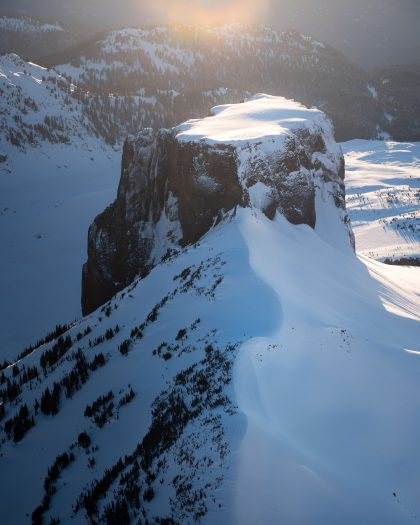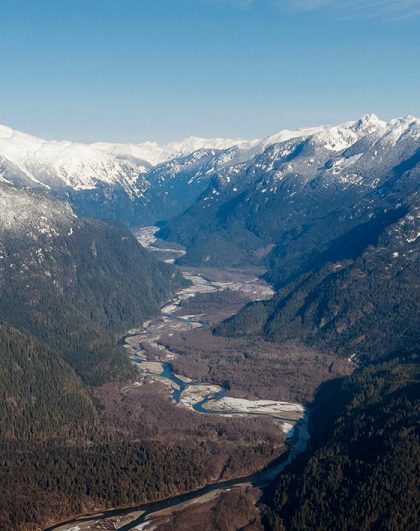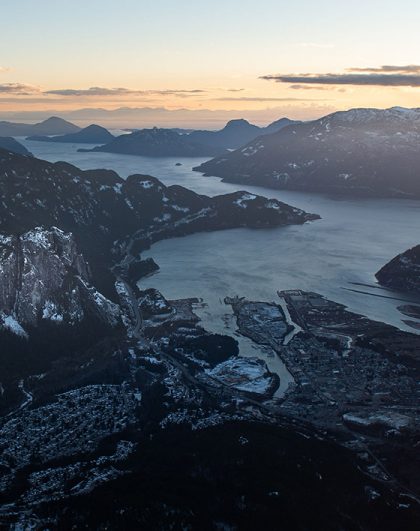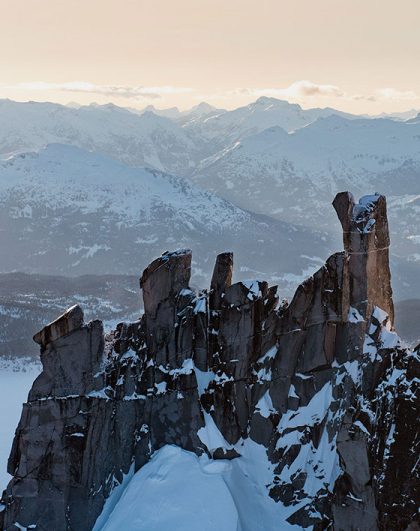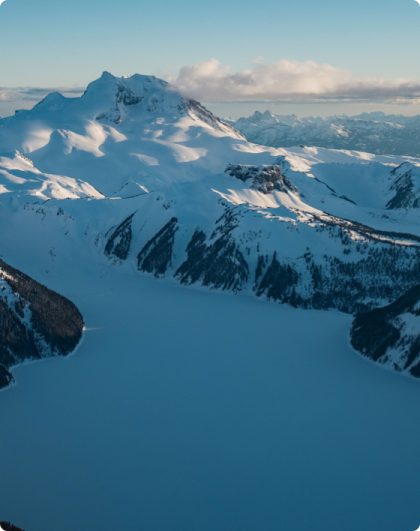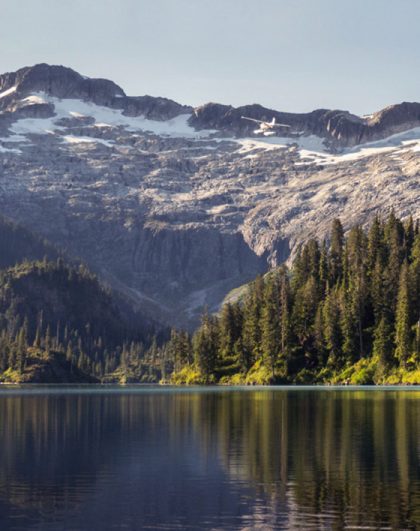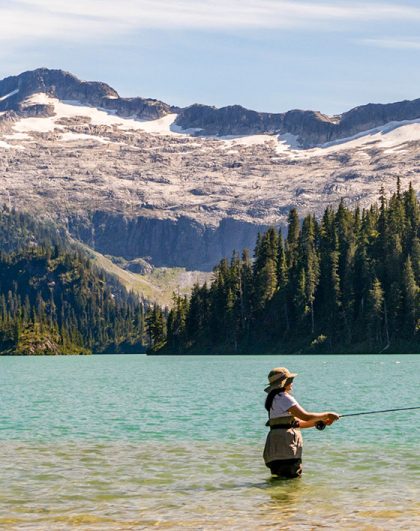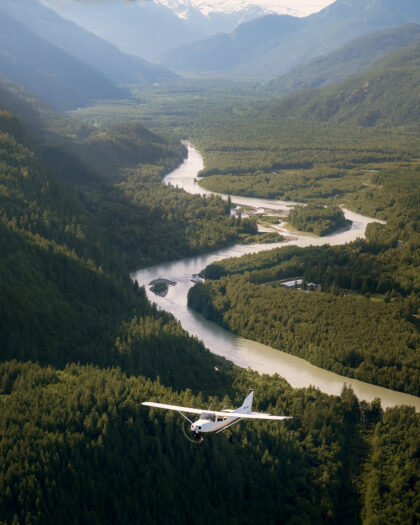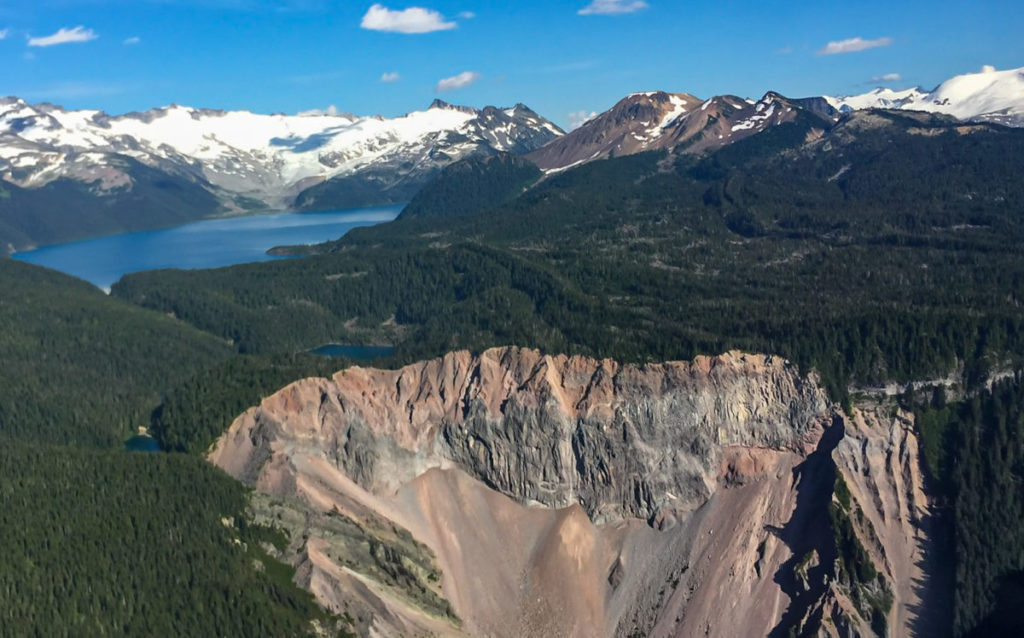
1. Garibaldi Lake was formed when lava flows blocked the valley
Garibaldi Lake is surrounded by a group of nine, small andesitic stratovolcanoes and basaltic-andesite cones. The lake was formed when lava flow from Mount Price and Clinker Peak volcanoes blocked the valley causing a natural dam around 9,000 years ago. Now known as “The Barrier”, the dam has continually trapped meltwater from Sentinel Glacier and Sphinx Glacier forming what we now call Garibaldi Lake. The lava dam is over 300m thick and about 2 km wide.
